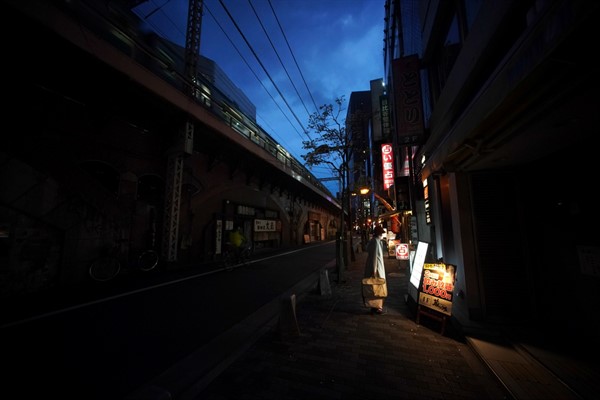Prime Minister Shinzo Abe announced this week that Japan’s state of emergency will continue until the end of May, as the country struggles with a fresh wave of coronavirus cases. Japanese authorities initially appeared to have gotten their outbreak under control shortly after reporting the first case in mid-January. But after new infections spiked last month, overwhelming health care facilities, Abe declared a national emergency. Roughly 16,000 cases of COVID-19 have been confirmed so far, with over 560 deaths, but many experts say the lack of widespread testing for the virus makes the true scale of the outbreak in Japan difficult to measure.
What is far more palpable is the damage the pandemic is inflicting on Japan’s economy. Exports declined in March at the steepest rate in almost four years due to lower demand around the world. And the extended state of emergency—which allows for solitary outings but mandates that people avoid the “three c’s” of crowds, confined spaces and close contact—is likely to severely depress domestic economic activity. Five major department store chains recently reported that their monthly revenues declined drastically in April, by 70 to 90 percent.
The world’s third-largest economy had already been battered by two major shocks last year, both in October: a long-planned increase in the sales tax and Typhoon Hagibis, the largest storm to hit Japan in decades. As a result, Japan’s GDP shrank at an annualized rate of 6.3 percent during the last three months of 2019.

